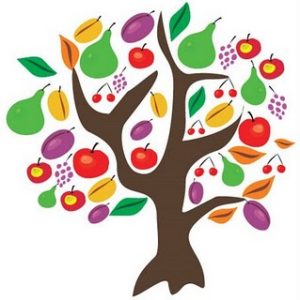 Tu B’Shevat, the “birthday of the trees” begins soon.
Tu B’Shevat, the “birthday of the trees” begins soon.
Readers may wish to re-visit my two posts by clicking on either paragraph:
FOOD FOR THOUGHT ON TU B’SHEVAT published February 2012: The school where I work has a policy that allows for the use of food in sensory experiences. One of our teachers recently asked one of our maintenance men to fill a tactile table with beans. He said he couldn’t do it and when she asked if he had hurt his back, he replied, “No, but there are people in my country who are starving and these beans would feed a family for a week or more.” The teacher shared his comment with me and we decided to use the beans for planting instead. We both shared what had happened with two of our administrators.
TU B’SHEVAT FOR CHILDREN AND THEIR PARENTS published January 2012: Although there is no mention of this holiday in the Torah, during biblical times farmers counted their trees for the tax assessor on this day. Later it became a tradition to plant a tree on this day to celebrate the birth of a child, a cedar for a boy and a cypress for a girl. When the child married, the branches of the tree were used to hold up the wedding canopy. More recently, when Jews returned to resettle the land of Israel, they found the country was mostly swamp and desert. An effort was made to reforest the land and make it fertile once again. The Jewish National Fund created a campaign that encourages people to plant trees in Israel to celebrated important events. As a result, millions of trees have been replanted and continue to be planted in Israel.
 Tu B’Shevat, the “birthday of the trees” begins soon.
Tu B’Shevat, the “birthday of the trees” begins soon. Tu B’Shevat, the “birthday of the trees” begins soon.
Tu B’Shevat, the “birthday of the trees” begins soon.